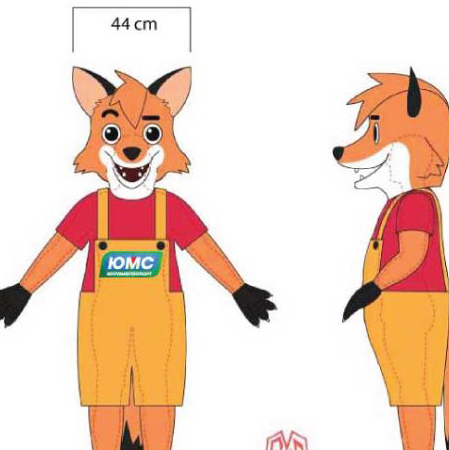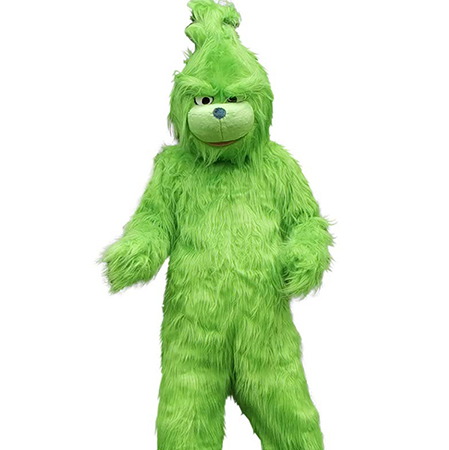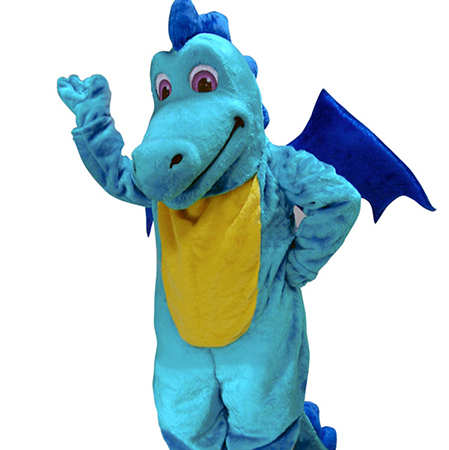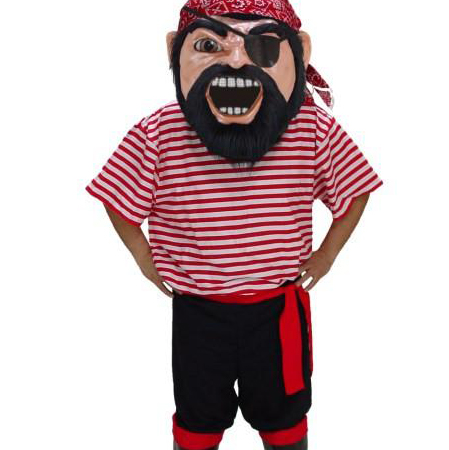In the vibrant world of mascot costumes, where creativity meets representation, ethical considerations must be at the forefront. These costumes often serve as symbols for schools, sports teams, and organizations, making their design a matter of immense pride and responsibility. Ensuring that these designs respect and honor the animals they depict is crucial. This article explores the key ethical concerns surrounding animal mascot costumes and offers guidance on how to approach their creation thoughtfully.
One primary ethical consideration is authenticity in design. Misrepresenting an animal’s physical traits or characteristics can lead to widespread misconceptions about the species. For example, overly anthropomorphized or cartoonish designs may detract from the animal’s natural majesty and contribute to superficial understanding. Mascot designers should strive to accurately reflect the animal’s appearance while incorporating elements that resonate with the community they represent.

Another vital aspect involves cultural sensitivity. Many animals hold deep cultural significance for various groups around the world. Using an animal mascot without understanding its cultural context can result in unintended disrespect or offense. Engaging with diverse communities and learning about their perspectives can help avoid such pitfalls. It’s essential to ensure that the chosen animal is not only fitting but also celebrated within the broader cultural landscape.
Environmental impact is another critical factor. The materials used in crafting mascot costumes should ideally be sustainable and eco-friendly. Opting for recycled fabrics, non-toxic dyes, and biodegradable components demonstrates a commitment to environmental stewardship. Additionally, designing costumes that are durable and repairable rather than disposable reduces waste and promotes sustainability.

The welfare of the individuals wearing the costumes is paramount. Comfort, safety, and visibility are key aspects that must be carefully considered during the design phase. Mascot performers often endure long hours and rigorous activities while in costume, which can pose health risks if not properly addressed. Ergonomic design, breathable materials, and strategic ventilation can significantly enhance wearer comfort and safety.
Inclusivity and representation also play significant roles in ethical mascot design. Ensuring that animal mascots do not perpetuate stereotypes or exclude particular groups is essential. A mascot should be a symbol of unity, embodying values like respect and diversity. Designers should consider how their creation might be perceived by different audiences and aim for inclusivity in both concept and execution.

Finally, public perception cannot be ignored. How the animal mascot costume is received by the community—and more broadly, by the general public—can influence its success and acceptance. Gathering feedback through surveys or focus groups before finalizing a design can provide valuable insights and foster a sense of community involvement. Transparency in the design process helps build trust and ensures that the mascot becomes a beloved figure rather than a point of contention.
In conclusion, the creation of animal mascot costumes requires a careful balance of ethics, authenticity, cultural sensitivity, environmental consciousness, and community inclusion. By addressing these considerations thoughtfully, designers can produce mascots that are not only sources of pride and joy but also symbols of respect and responsibility. Through meticulous design and conscientious choices, mascot costumes can transcend simple entertainment and become cherished emblems of unity and identity.

